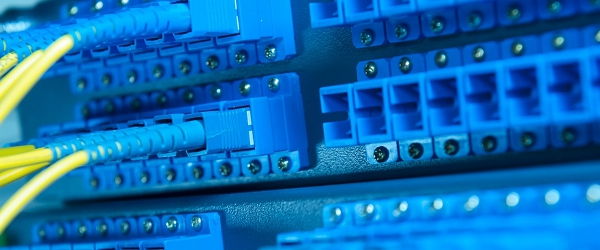
Almost 60% of IT professionals have not disabled firewall features despite their impact on network performance, according to a new report from security company McAfee.
Security drove network design for almost two-thirds of those surveyed, while the third that admitted to sacrificing safety for performance turned off a variety of different features, including deep packet inspection (DPI), anti-spam and virtual private network (VPN) facilities.
Pat Calhoun, general manager of network security at McAfee, said that conflicting goals between network and security teams were putting the sides at loggerheads, with problematic implications for companies.
"In larger organisations firewalls are actually managed not by the security team but by the network team," he said. "The network guys are using one set of tools and the security guys are using a different tools and they’re not talking to each other."
Figures form ESG Research showed that only a third of networking and security teams were successfully collaborating together most of the time, with half saying it only worked some of the time.
"If there’s one thing that we know it’s sometimes doesn’t really work very well for security, because you only need to screw it up once," Calhoun added. "So it really has to be a robust collaboration between the two teams."
So-called next generation firewalls (NGFW) account for 70% of all new firewall purchases, according to the analysis firm Gartner, and are distinguished from traditional firewalls by some of the features being turned off to improve performance.






